If you’ve ever seen a Monstera that looks like it’s been growing in the same pot for years, and the roots are coming out of the drainage holes, then you’ve seen a root bound Monstera. Root bound Monsteras are a common problem, but there are solutions. In this article, we’ll discuss the symptoms of a root bound Monstera and how to solve the problem.
What Does It Mean to Be ‘Root Bound’?
When a plant becomes root bound, it means the roots have become too large for the pot it’s in and have started to wrap around the bottom and sides. If you see these symptoms, it’s important to replant your root bound plant in a larger pot as soon as possible. The plant can’t take up enough water and nutrients, which causes the leaves to yellow and the plant to wilt.
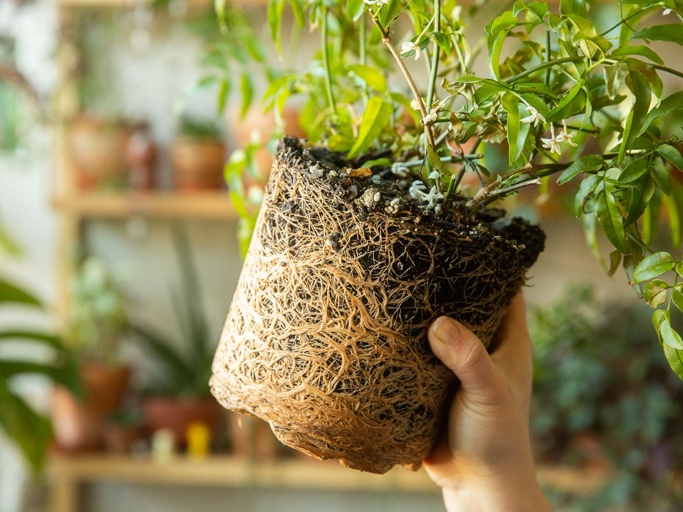
Root bound plants are a common problem for gardeners, but there are a few things you can do to prevent it. You can also add a layer of gravel or rocks to the bottom of the pot to help drainage. And finally, be sure to water your plants regularly so the roots don’t dry out and become compacted. When you’re potting a plant, make sure you use a pot that’s big enough for the roots to have room to grow.
How To Tell If Monstera Is Root Bound
One of the most common problems with Monstera is that they become root bound. If you think your Monstera might be root bound, there are a few things you can do to check. The plant will often show signs of stress, such as yellowing leaves, wilting, and slow growth. This happens when the roots of the plant become constricted and can no longer expand properly.
If they are tightly packed together and appear to be constricted, then your plant is likely root bound. First, take a look at the roots. You can also try gently tugging on the plant to see if it comes out of the pot easily. If the plant is stuck and resists coming out, it’s probably root bound.
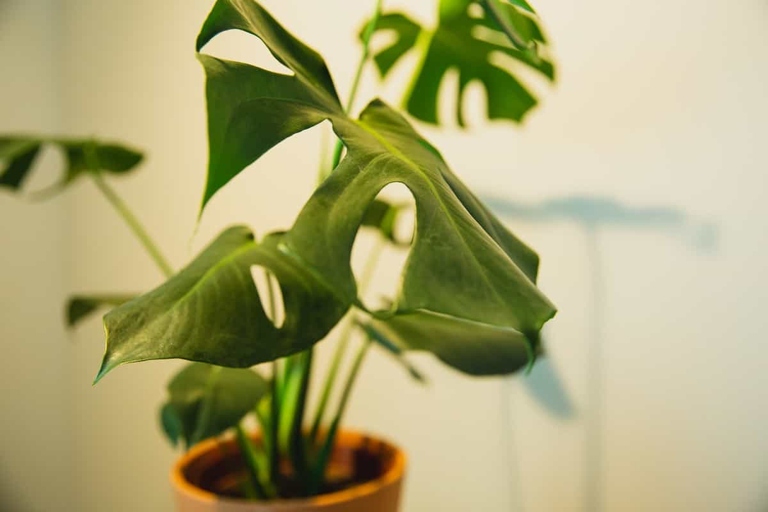
If your plant is still struggling, you can try using a root stimulator to help encourage growth. If your Monstera is root bound, don’t worry! First, you can try repotting it into a larger pot. You can also try gently loosening the roots with your fingers to help them expand. This will give the roots more room to grow and should help the plant to start growing again. There are a few things you can do to help your plant.
Drainage Holes Filled With Monstera Roots
This is a common problem for Monstera owners, and it can be easily fixed. If you notice that your drainage holes are filled with Monstera roots, don’t panic!
Once the roots are removed, you can either replant your Monstera in a new pot with fresh soil, or you can repot it in the same pot with fresh soil. The first thing you’ll want to do is gently remove the roots from the drainage holes. Be careful not to damage the roots, as they are delicate.
If it doesn’t, the roots will quickly become waterlogged and will start to rot. If you choose to replant your Monstera in a new pot, make sure that the pot has drainage holes.
You can also add a layer of gravel to the bottom of the pot to help with drainage. If you’re repotting your Monstera in the same pot, make sure to add fresh soil to the pot.
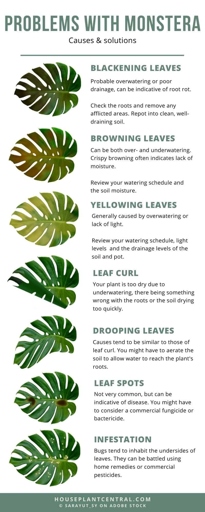
Once you’ve replanted or repotted your Monstera, water it well and give it a bright spot to grow. With a little TLC, your Monstera will soon be back to its old self!
Monstera Roots Growing Above Ground
Monstera roots are typically found growing underground. If the roots are left exposed, they can quickly dry out and die. However, if the plant becomes root bound, the roots may begin to grow above ground. This can be a problem for the plant, as the roots are not designed to be exposed to the air.
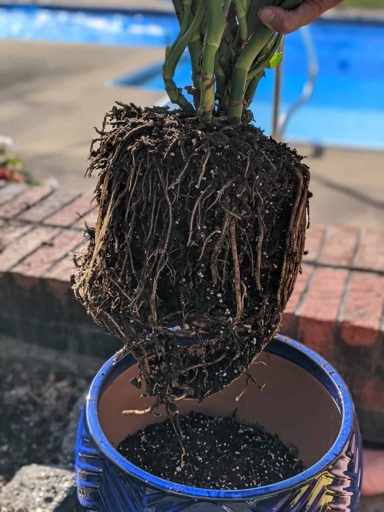
This will help the plant to absorb more water and nutrients. You can also try repotting the plant into a larger pot. This will give the roots more room to grow and will help to prevent them from becoming exposed. First, you can try gently loosening the roots with your fingers. There are a few things that you can do to help your plant if it becomes root bound.
By taking some simple steps, you can help your plant to stay healthy and thrive. If you notice that your plant’s roots are beginning to grow above ground, take action immediately.
Leaf Wilting Or Curling
Root bound means the roots have filled up the pot and are constricted, which prevents the plant from taking up enough water. It’s a common problem with Monsteras, especially if they’re growing quickly. If you notice your Monstera’s leaves are wilting or curling, it’s likely a sign that the plant is root bound.
You may also need to trim the roots to give them more room to grow. To fix a root bound Monstera, you’ll need to repot it into a larger pot. Be sure to use a well-draining potting mix and water the plant thoroughly after repotting.

If you catch root bound early, it’s easy to fix. But if it’s left untreated, it can lead to serious problems like yellowing leaves, wilting, and even death. So if you notice your Monstera’s leaves starting to wilt or curl, don’t wait to repot it into a larger pot.
Growth Stops
Growth Stops
This can happen when a plant is grown in a pot that’s too small, or if the roots have become matted together. When a plant’s roots become too crowded, it’s called “root bound.”

If your plant is root bound, you’ll notice that it stops growing. The leaves may yellow and the plant may start to wilt.
You may need to trim some of the roots off, too. To fix a root bound plant, you’ll need to carefully remove it from its pot and loosen up the roots. Once the roots have been freed up, you can replant the plant in a larger pot.
If you catch root bound early, your plant will likely recover quickly. But if it’s left for too long, the plant may not be able to bounce back.
How to Examine the Monstera Root System
If you think your Monstera is root bound, there are a few things you can do to examine the root system and confirm your suspicions.
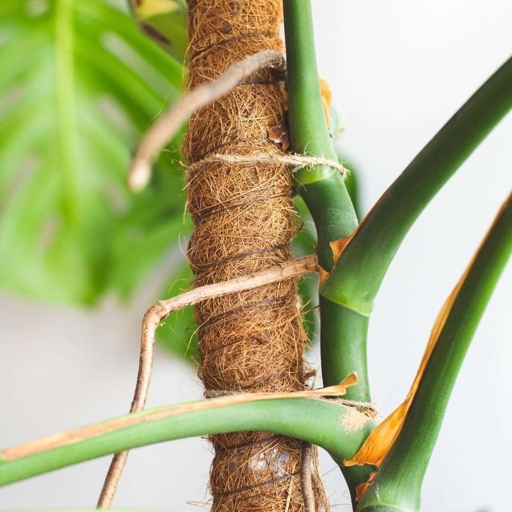
First, take a look at the container your plant is in. If the roots are circling the inside of the pot, that’s a good indication that the plant is root bound.
If the roots are tightly packed together and difficult to separate, that’s another sign that the plant is root bound. Next, gently remove the plant from its pot.
You can also add some organic matter to the potting mix to help improve drainage. Finally, make sure to water the plant regularly and fertilize it every few weeks to help it recover from being root bound. First, you can gently loosen the roots and repot the plant in a larger pot. If you confirm that your Monstera is root bound, there are a few things you can do to help the plant.
Do Monsteras Like to Be Root Bound?
They are known for their large leaves and their ability to climb trees. Monsteras are a tropical plant that are typically found in the rainforest. Monsteras can grow up to 30 feet tall in the wild, but when they are grown in captivity, they are usually much smaller.
Root bound monsteras are less likely to experience problems with their roots, and they are also more likely to produce more leaves. Monsteras like to be root bound, which means that their roots are tightly packed together. This is how they grow in the wild, and it helps them to stay healthy.

You can also try to loosen the roots by gently pushing on them with your fingers. First, you can repot your plant into a larger pot. If you think your monstera is root bound, there are a few things you can do to help it. This will give the roots more room to spread out.
Root bound monsteras are healthy and will produce more leaves. Just make sure to give them enough room to grow. If your monstera is root bound, don’t worry! This is actually a good thing.
Do Monsteras Prefer Small Pots?
While Monsteras can certainly thrive in small pots, they can also do well in larger ones. However, this is not always the case. If you are unsure whether or not your pot is too big, it is always best to err on the side of caution and go with a smaller one. If the pot is too big, the roots will have too much space to grow and the plant will become root bound. The key is to make sure that the pot is not too big. After all, they are known for their vining nature and their ability to climb. When it comes to Monsteras, it is often thought that they prefer small pots. This can lead to a number of problems, including stunted growth, yellowing leaves, and even death.
How Do You Repot A Root-Bound Monstera?
But before you do, you need to check for one very important thing: whether or not your plant is root bound. If your Monstera is looking a bit sad and droopy, it may be time to repot.
Root bound means that the roots of the plant have filled up the pot and have nowhere to go. This can happen even if the pot is big enough, because the roots just keep growing and growing.

You can do this by gently pushing them apart with your fingers. Once the roots are loosened up, you can repot the plant into a new pot that is just a bit bigger than the old one. If your Monstera is root bound, the first thing you need to do is loosen up the roots.
Make sure to use fresh potting mix, and water well after repotting. Your plant should start to look happier in no time!
Dividing Monstera
Dividing Monstera is a relatively easy process that can be done in a few simple steps. If your Monstera is looking a bit cramped in its pot, it may be time to divide and repot the plant.
First, remove the plant from its pot and gently loosen the roots. Next, use a sharp knife or garden shears to divide the root ball into two or three sections. Be sure to include a good amount of roots with each section.
Once you have divided the plant, repot each section into its own pot filled with fresh potting mix. Water well and keep the soil moist until the plant is established.
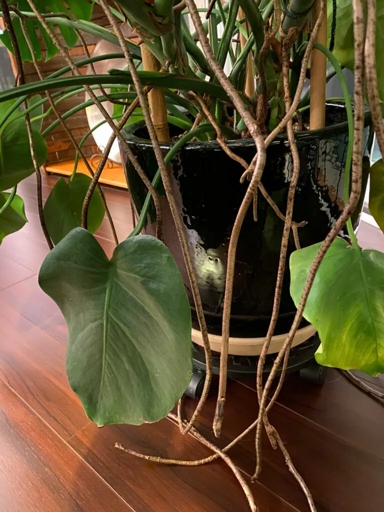
Dividing Monstera is a great way to give your plant a new lease on life and can help it to continue to thrive for years to come.
Root Pruning Potted Monstera
One solution is to root prune the plant. This will give the roots more room to spread out and the plant will be less likely to become root bound. It’s important to be careful not to damage the plant when you’re doing this. This involves carefully cutting away some of the roots, which will encourage new growth. If you have a potted monstera that’s starting to show signs of being root bound, there are a few things you can do to help the plant. Another solution is to repot the plant into a larger pot.
How to Keep Monstera from Getting Root-bound
This will help the plant to absorb more water and nutrients. If your Monstera is getting root-bound, there are a few things you can do to help. This will give the roots more room to grow and will help the plant to stay healthy. If you can’t repot your plant, you can try to loosen the roots. First, you can try repotting your plant. This will help to keep the plant from getting too big and will also help to keep the roots healthy. Finally, you can try to prune the roots.
Frequently Asked Questions
1. What is a root bound Monstera?
A root bound Monstera is a plant that has outgrown its pot and become root bound. The roots have become matted and tangled, and the plant can no longer take up enough water or nutrients.
2. What are the symptoms of a root bound Monstera?
The symptoms of a root bound Monstera are yellowing leaves, wilting, and stunted growth. The plant may also drop leaves, and the roots may start to grow out of the bottom of the pot.
3. How do I know if my Monstera is root bound?
The best way to know if your Monstera is root bound is to carefully inspect the roots. If they are matted and tangled, your plant is likely root bound.
4. What can I do to help my root bound Monstera?
The best thing you can do for your root bound Monstera is to repot it into a larger pot. Be sure to loosen the roots before repotting, and water well afterwards.
5. How often should I repot my Monstera?
Your Monstera will need to be repotted every one to two years, depending on how fast it is growing.
Final thoughts
If your Monstera is root bound, don’t worry! There are a few easy solutions. First, you can try repotting your plant. This will give it some more space and fresh soil. You can also try trimming the roots. This will help to encourage new growth. Finally, make sure that you are giving your plant enough water. Root bound plants can often dry out quickly. By following these simple tips, you can help your root bound Monstera to thrive!
